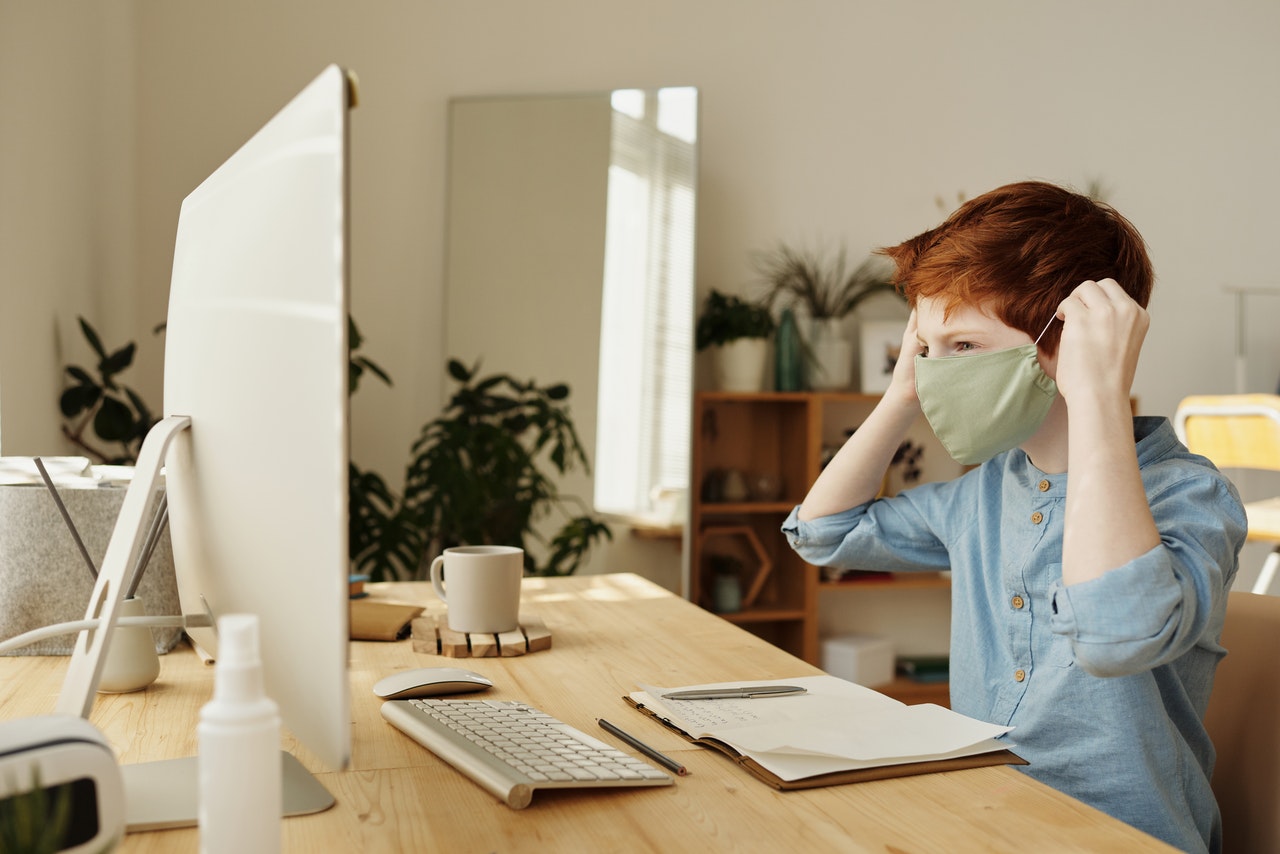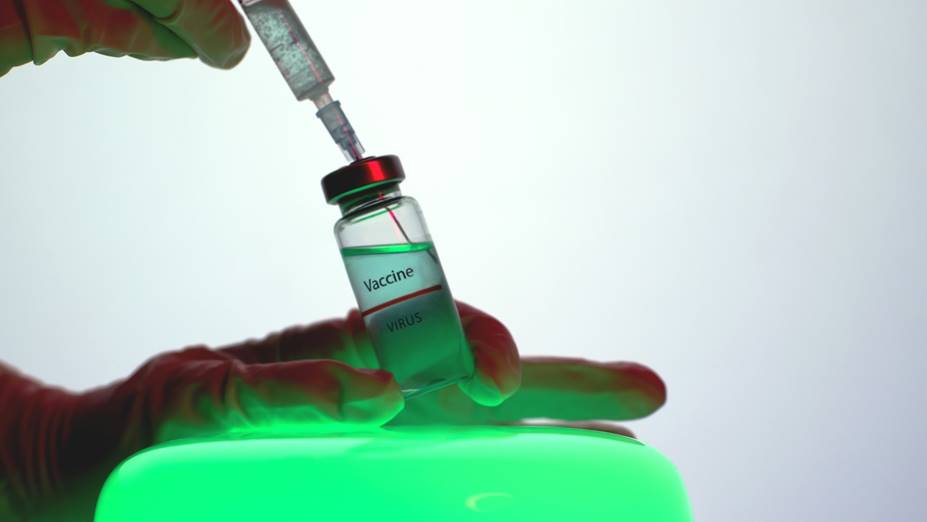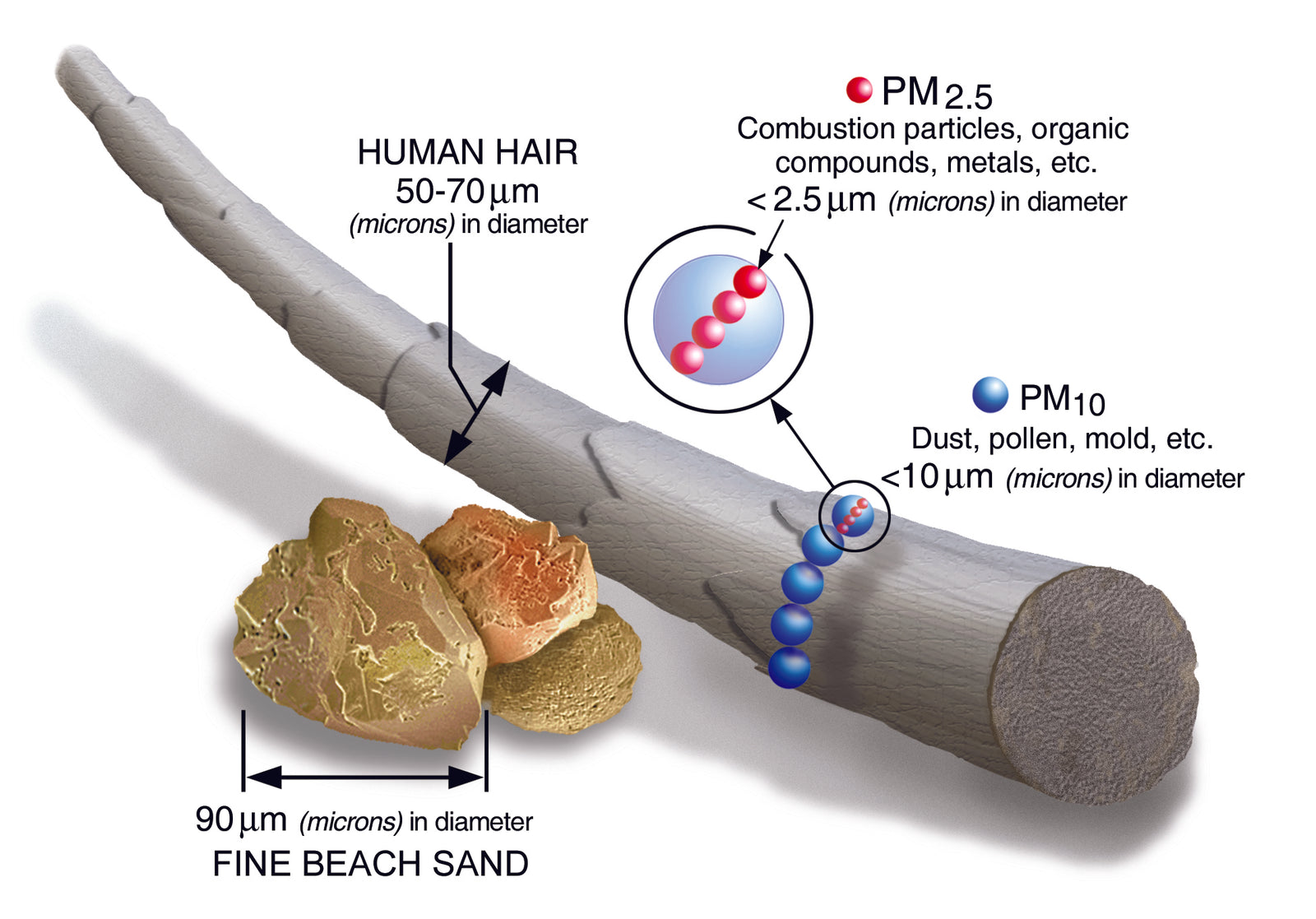Understanding Ultraviolet Wavelengths

The Internet, Social Media and the Government are now talking about the usage of ultraviolet light as an effective tool to combat viral pathogens. I’ve watched several advertising videos on Social Media that suggest the use of the same UV light used on crime shows to detect fingerprints or hemoglobin glowing under the light as a reference to UV-C and its ability to kill or inactivate microorganisms. This is far from accurate. Let’s be clear, UV-C often referred to a “germicidal UV” is dangerous if exposed to the skin for extended periods of time or if shined into the eyes. It also should never be used on pets in an effect to kill germs. Nor are all UV lights, like the ones you see on a detective shows, essentially black lights (UV-A covering 400-300nm), effective at killing pathogens.
I have the opportunity to speak with many of you, as busy as we are, I enjoy these conversations and questions, and at the risk of getting too scientific, let me answer a common question. Germicidal UV-C short-wavelength exist between 200nm and 280nm with many commercially available devices operating in the 253 to 280nm range. The question we often get is, which devices work best, LED lights, or low-pressure lamps (bulbs)”?
Products with LEDs have the advantage of being able to adjust the wavelength (by the manufacturers) from approximately 250nm to 280nm the full spectrum range, while most low pressure lamps emit at 253.7nm.
So, the answer to the question is, it depends. Different pathogens (microorganisms) react differently at different spectrum. The spectrum is the spectrum. To increase their effectiveness power and proximity is required. The closer to the surface and energy applied are critical in reducing the sterilization time.
I often point people to one of the manufacturers of these products Sinph-U Life Technology, they provide a diagram that measures the effectiveness of their UV-C products on various pathogens, including exposure times, and effectiveness. It’s worth looking at their What’s UV-C page to learn more. http://www.sinph-tech.com/en/uvc.asp
Also in News

An Unusual Journey to Normalcy

The History of Vaccines: What it Means for Coronavirus

